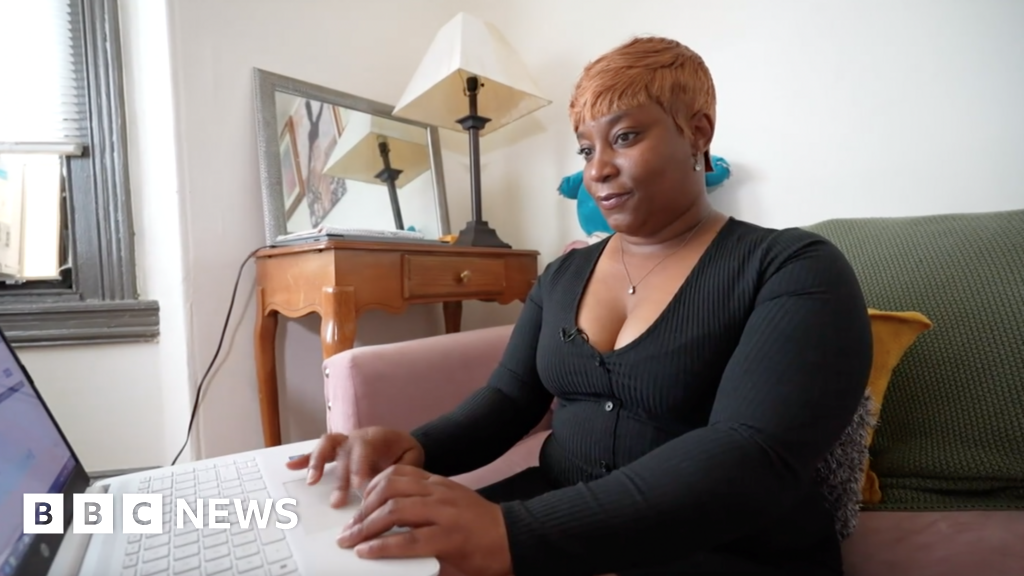- cross-posted to:
- usa@lemmy.ml
- cross-posted to:
- usa@lemmy.ml
…
Ms Ellis works full-time as a nurse’s assistant and has a second part-time job.
But she needs to economise. She has switched stores, cut out brand-name items like Dove soap and Stroehmann bread, and all but said goodbye to her favourite Chick-fil-A sandwich.
Still, Ms Ellis has sometimes turned to risky payday loans (short-term borrowing with high interest rates) as she grapples with grocery prices that have surged 25% since Mr Biden entered office in January 2021.
“Prior to inflation,” she says, “I didn’t have any debt, I didn’t have any credit cards, never applied for like a payday loan or any of those things. But since inflation, I needed to do all those things…I’ve had to downgrade my life completely.”
The leap in grocery prices has outpaced the historic 20% rise in living costs that followed the pandemic, squeezing households around the country and fuelling widespread economic and political discontent.



I often see the 25% figure cited, but my own receipts have shown 50%+ increases in the same time period. I never buy brand name or much in the way of snacks. Is the 25% figure obtained by making substitutions like switching to store brand? I don’t have much leeway there since I already go for no frills groceries. I would be very interested in knowing how they determine “only” a 25% increase in prices over that period of time.
The quality of store brand stuff seems on the decline as well.